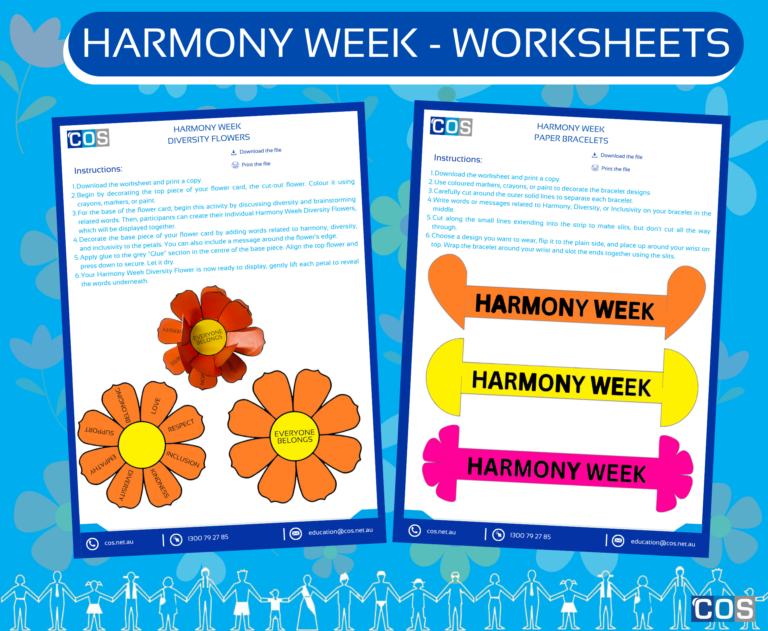The topic of whether you should listen to music at work provokes fierce debate. But it may be no surprise to you that scientifically speaking, throwing on some tunes is actually beneficial for productivity, focus, mood, and to drown out distractions in any workplace. In fact, new studies have found that 90% of workers perform better while bopping along to their chosen tracks.
In the workplace, people work better, feel happier and less stressed, and are able to get into ‘the zone’ much faster to get more work done quickly when they listen to music.
While some of us have become used to working in silence, you might want to give music a go. Music has been found to improve productivity by 15%. In tests, a whopping 88% of people produce their most accurate results while listening to music, while 81% of people work faster while music is playing.
The statistics are no accident – music decreases distraction and allows for deep focus. “Historically, music and work have always been intertwined,” says Karen Landay at the University of Alabama, a former professional violinist. “Think about romantic visions of peasants singing as they harvest… it’s perfectly natural to feel that music must have some sort of positive impact on our work.” In her research, Landay found that music boosts worker performance, loyalty and commitment, and effectiveness of training.
Music at Work is Personal
Some workplaces blast music on a communal radio, which can seriously impair productivity. This is mainly because people generally feel that sounds are more distracting when they don’t have control over them. I remember one office I worked in where the manager would blast pop music and rap over a small portable speaker, making it almost impossible for me to concentrate on my work.
You’ll certainly never find a workplace where everyone shares the exact same taste in music, and you will certainly find that certain genres of music are more personally beneficial for your productivity than others. In the UK it is actually illegal for businesses to play music over a communal radio in a business environment. Everyone is different, so it is best to let your employees have control over what music they listen to on a good pair of sound-cancelling professional headphones to ensure that it doesn’t distract others.
80% of people are allowed to listen to music at work. That said, there are of course some contexts where listening to music at work is inappropriate. Generally, though, if you work in a knowledge-based or creative job, listening to music will help boost your productivity and focus at work.
Music at Work: What Should I Listen To?
The type of music you are listening to influences your mood, behaviour, and decision-making. Ever wondered why the music in your local supermarket is slow? It’s because they want you to stay longer, so that you will be more likely to buy unnecessary groceries. Looking for a pump-up playlist of high-energy hits for your morning workout? That’s because your brain needs the high tempo tracks to gain energy and distract from the pain.
What type of music should we be listening to at work? Generally, the best type of music to help you focus will be relaxing and lyric-free (or foreign-language lyrics that you can’t understand). It’s so easy to get distracted if you start listening to the song lyrics – you will find yourself singing along without even noticing!
There are some genres of music that can harm your productivity. It is best to steer clear of music with distracting lyrics, such as pop and rap music, and high-tempo or aggressive genres, such as heavy metal rock, that may leave you feeling stressed and making mistakes in your work.
Below you will find the 4 best types of music to listen to at work, according to science.
Binaural Beats
Binaural Beats are not technically a genre of music, per se. The term more refers to a form of sound wave therapy that makes use of the fact that the right and left ears each receive a slightly different frequency of tone, while our brain makes it into a whole. The result is an auditory illusion of a rhythmic beat with fluctuating tones. It is like a cosmic meditation soundscape rather than actual music.
Binaural beats in lower beta frequencies (14 to 30 Hz) have been found to encourage focus, concentration and alertness, improved memory and problem solving ability. It has also been linked to reducing anxiety and improving a positive mood in the alpha frequencies (8 to 13 Hz).
Binaural Beats playlists are usually made to be continuous, for at least an hour of uninterrupted concentration. Simply type ‘Binaural Beats for focus’ into YouTube, and you’re on your way.
Classical Music at Work
Ever heard of ‘the Mozart Effect’? This is the phenomenon that listening to classical music may temporarily boost your IQ score. This is because listening to classical music helps with spatial awareness and problem-solving. The absence of words may be one factor that aids in concentration, but the melodies of classical music helps you feel calmer and more relaxed as well.
Classical music is played to newborns to help soothe them, played to prenatal babies in the womb to help with their development, and even played to cows in Italy to help them produce better milk!
One surprising study involved playing different genres of music to plants. It found that plants grow better when classical and jazz music is played, while harsher metal music induce stress in plants. Don’t worry – your house plants haven’t suddenly evolved ears like in Little Shop of Horrors. This has more to do with the vibrations made by the music than the sound of the music itself.
Lo-Fi Hip Hop Music at work
My favourite genre of ‘focus music’ – and something a little bit more contemporary – is Lo-Fi Hip Hop. Contrary to conventional Hip Hop, Lo-Fi (short for low-fidelity) Hip Hop does not contain any rapping or lyrics at all. Lo-Fi samples jazz, classical, nature sounds, and hip hop beats to create a shapeless genre choice.
The relaxing tunes are accompanied by continuous graphics of an animated character (like the viral ‘Lo-Fi girl’ pictured) doing things like studying or walking through a forest – graphics that are designed to help you get in the zone and feel like you have company while you work.
One survey found that 86% of listeners notice an increase in their productivity and work ethic while listening to Lo-Fi. Lo-Fi playlists on YouTube usually go for several hours or are a continuous unending online live stream.
Ambient Sounds
Ambient nature sounds – like a flowing waterfall, waves on a beach, a gentle rainstorm, or a forest filled with bird sound – create the sensation of being in a relaxing outdoor environment. Ambient playlists lower stress hormones in the brain and help with focus. They are relaxing because they are a continuous pleasant pitch, which your brain interprets as safe and non-threatening.
Ambient nature sounds are the audio equivalent of ‘Japanese Forest Bathing’ – the science of how being in nature helps promote health and happiness. And if you are an occasional sufferer of tinnitus like me (as 15% to 20% of the population are), nature sounds like waterfalls and rain serve to mask ringing in the ears and stimulate clarity and focus.
You don’t just need to listen to nature noises – there is an ambient playlist for almost any environment you could desire. Maybe you feel creatively stimulated in a crowded cafe, a quiet library, or a long car ride. Or, maybe you want to be soothed by the sounds of an open New York City window at night. Either way, you will find yourself focussing better when enveloped in a soundscape recording – a ‘virtual’ audio version of the real thing.
Brian Eno, pioneer of ambient music, said that his experimental recordings were “intended to induce… a space to think”. He said: “Ambient music must be as ignorable as it is interesting”. Many of these soundscapes are available on YouTube with accompanying video footage, and last anywhere from 3 up to 10 hours.

